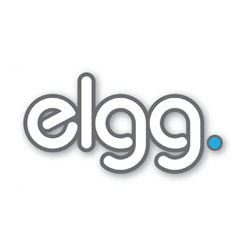Following my Elgg implementation of Known’s distributed friending system, I just wanted to draw your attention to an Elgg implementation of my OpenPGP signin spec.
This essentially works in the same way as the Known implementation, it provides a way of generating OpenPGP signatures, an endpoint for exposing the public key for discovery, and a way to log the user in.
Why this is cool…
Well, by building the Elgg implementation, I was able to demonstrate cross platform login! Elgg users were able to log in and see private posts on my Known site, and Known users could see private posts on Elgg.
This proves in implementation the cross platform nature of the protocol.
Sweet!

